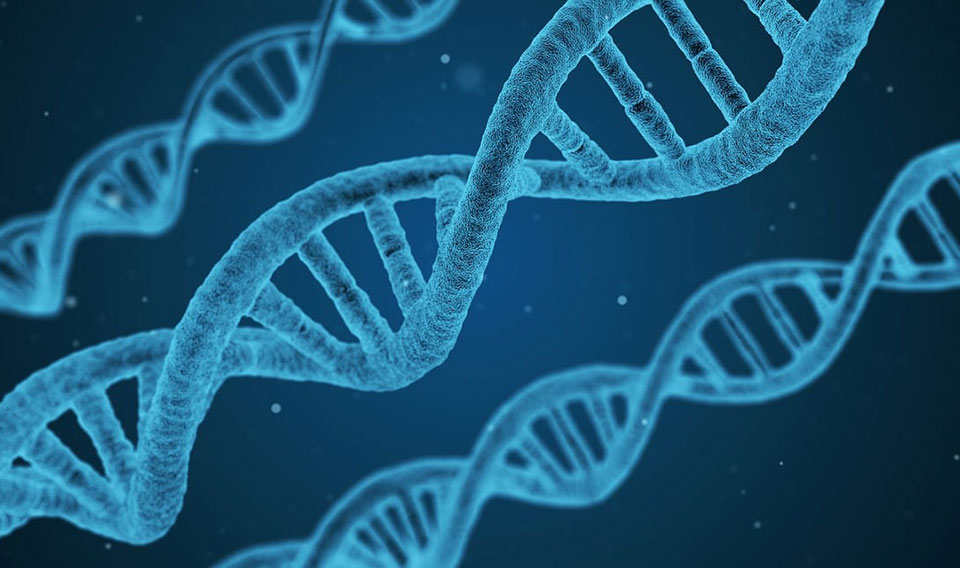
Date:
Have you been hearing more about gene editing in the news lately and wondered what it is? On the face of it, it’s exactly what it sounds like – a technique to cut, paste, or modify DNA like you might do with text on a computer. But how does it work and how is it revolutionizing science?
The Backstory
The basic mechanism that scientists use to edit DNA evolved naturally in bacteria. Philippe Horvath, a French food scientist looking for better ways to make cheese and yogurt, observed that some strains of bacteria could protect themselves from attacking viruses and discovered a match-and-destroy system at work. The bacteria would incorporate pieces of viral DNA into their own genome. When they later encountered viruses with the matching DNA, they activated molecular “scissors” to cut the viral DNA and stop infection. (The Franklin Institute honored Horvath with the 2018 Bower Prize and Achievement in Science; learn more about his work.) Other scientists recognized the potential of this molecular system and soon began trying to adapt and isolate it for use as a laboratory tool. Jennifer Doudna and Emmanuelle Charpentier would go on to win the 2020 Nobel Prize in Chemistry for their role in pioneering this technology.
How It Works
In the lab, researchers are no longer limited to DNA sequences from viruses. Instead, they synthesize a molecular “guide” that can be precisely designed to match any target gene sequence of interest. The guide is paired with the molecular scissors and transferred into cells. When this molecule combo finds the region of the cell’s DNA that matches the guide, the scissors snip out the DNA at that target location. Then the cell’s own repair mechanisms jump into action—either rejoining the loose ends to essentially delete the target, or using an additional lab-created template sequence with the desired changes to rebuild an edited version.
Gene Editing Everywhere
Today, CRISPR (“crisp-er”) gene editing is widely used: in the lab, in the field, and in the clinic. One major advantage is its precision. A recent study tested how oxytocin—popularly known as the “love hormone”—is involved in the relationship bonds of rodents called prairie voles. Using CRISPR to disable the voles’ oxytocin system by a precisely knocking out a single gene, scientists surprisingly found that the animals still formed long term pair bonds, upending a longstanding hypothesis. (Learn more about animal relationships in this episode of our So Curious! podcast.)
Another advantage is its efficiency. Traditionally, doing genetic experiments in many plant species has been a slow process. With CRISPR gene editing, researchers can generate lots of different variants in multiple target genes at a time, allowing them to quickly identify the most promising candidates to test in the field—an approach that is being used to generate plants that are more resilient to climate change.
And in medicine, the introduction of gene editing has led to a new generation of cancer treatments. Taking immunotherapy to the next level, researchers are using CRISPR to reprogram immune cells—either from a healthy donor or from patients themselves—to more accurately target and destroy cancer cells in the body.
Unanswered Questions
As gene editing has progressed rapidly in just 10 years, there’s still a lot we don’t know, from technical questions about its reliability and accuracy to ethical questions about when and how it should be used in humans. Where do you see its promises and challenges?


